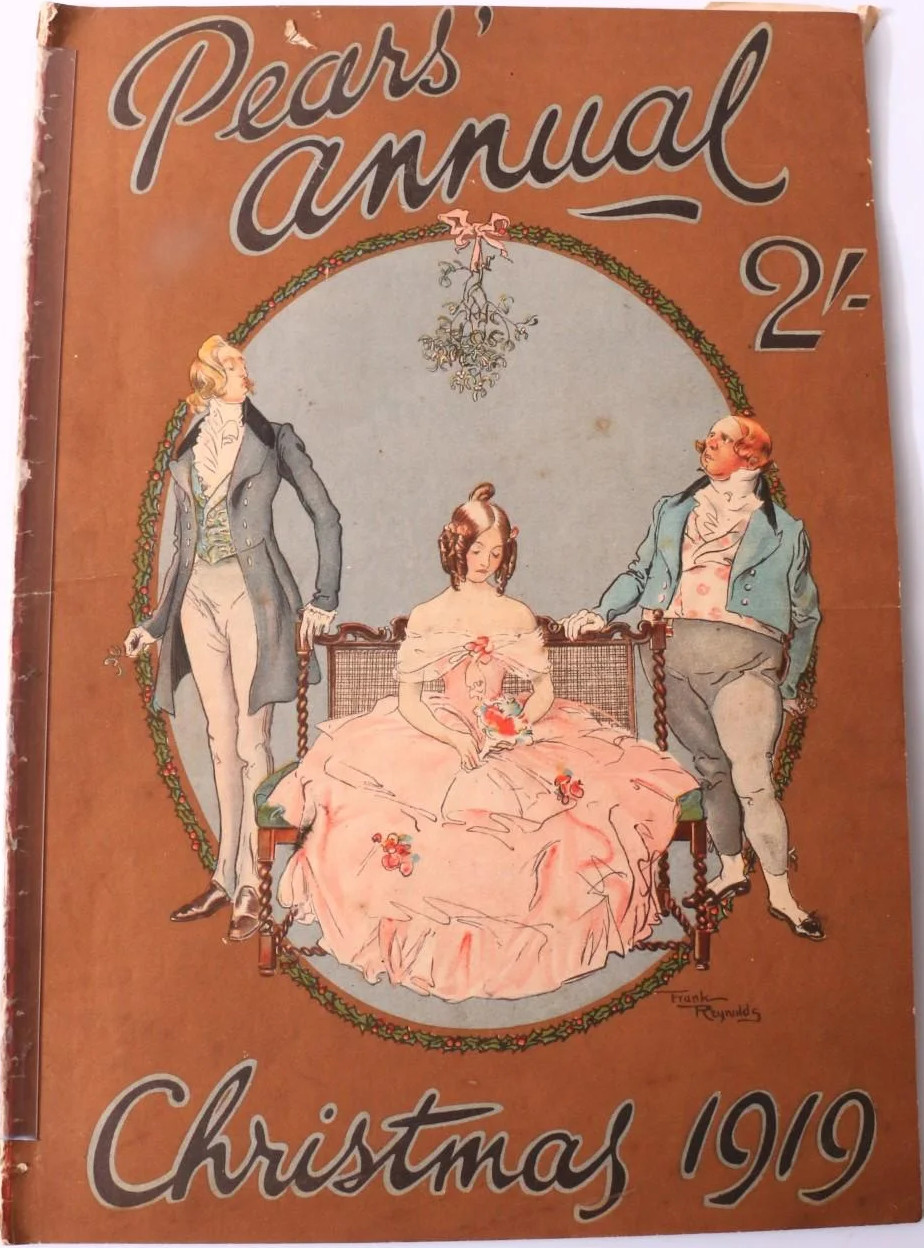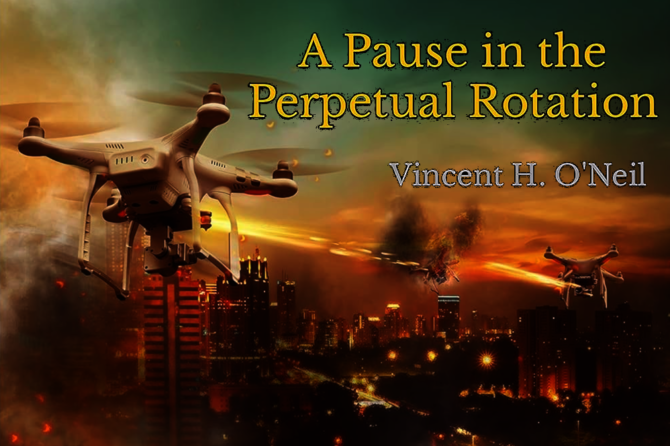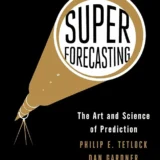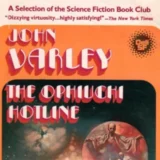I’m an advocate for the idea that Hugo Gernsback’s magazine, Amazing Stories, as introduced in 1926, was “the World’s First Magazine Devoted to Science Fiction”: that it offered the first formal definition of the genre in its opening editorial and offered the first home to readers who would create Fandom through its letter column.
But I am also a historian and someone generally devoted to truth and accuracy, so I am cognizant of the fact that the preceding statement ought to include some caveats.
It might be more accurate to state that Amazing Stories was “the World’s First English Language Serial Publication Devoted Exclusively to Science Fiction”, because, without those modifications, some might have room to take issue.
I thought it might be fun and instructive to delve into that a little bit.
Claims are made that a Swedish publication (Stella), publishing “science fiction” was produced in the late 1800s. The Wikipedia entry for that magazine also suggests that it may be a hoax perpetrated by Sam J. Lundwall (Science Fiction: What’s It All About).
A German magazine is also mentioned, though I have so far failed to recover the online reference I once saw of it. (Perhaps my readers can provide a reference. Not to mention the fact that it remains entirely possible, as more and more of the actual world-wide history of this genre becomes available to a wider audience, we may learn differently.)
I have not been able to obtain or read either, and so can’t make any determinations about anything regarding those claims: I don’t know if they were regular publications; I don’t know if they actually published (proto) “Science Fiction”; I don’t know if they offered definitions of what they published, or simply published works containing various fantastical/weird elements. Until further information becomes available, we’ll have to leave that in the “maybe” category and cover it by including “English Language” in our statement.
 Prior efforts in the English language have also been raised, among them, Gernsback’s own The Electrical Experimenter (1917; renamed Science & Invention, 1920) note the “Scientific Fiction Number” on the cover. We’ve not quite yet arrived at “Scientifiction”.) Gernsback was groping towards publishing Amazing. It is in this same year that he inquired of readers if they would like a magazine devoted entirely to the kinds of scientific fiction he had routinely sprinkled throughout both EE & SaI. This issue consisted entirely of such fictional content, perhaps to demonstrate to readers what he had in mind.
Prior efforts in the English language have also been raised, among them, Gernsback’s own The Electrical Experimenter (1917; renamed Science & Invention, 1920) note the “Scientific Fiction Number” on the cover. We’ve not quite yet arrived at “Scientifiction”.) Gernsback was groping towards publishing Amazing. It is in this same year that he inquired of readers if they would like a magazine devoted entirely to the kinds of scientific fiction he had routinely sprinkled throughout both EE & SaI. This issue consisted entirely of such fictional content, perhaps to demonstrate to readers what he had in mind.
But this is a one-off, accompanied by both filler stories and sugar-coated scientific explanation stories throughout other issues of the magazine and therefore does not fit the bill.
There are also two other magazines that get raised all of the time – usually described not as SF magazines but as early publications that included some SF and therefore might fit the bill:


 The Thrill Book and Weird Tales, but we’ll come back to them in a moment, after we have taken care of Pearson’s.
The Thrill Book and Weird Tales, but we’ll come back to them in a moment, after we have taken care of Pearson’s.
Pearson’s was a soap maker in the UK and published magazines as part of their promotional efforts.
In 1919, they published a Christmas Annual, which featured a series of stories and articles that peered into the future.
Some claim that this one-off use of an annual special is actually the first SF magazine. We disagree. At best, we think that it falls into the category of a “special”, more fiction in the service of advertisement than a genre of fiction and was certainly not a sustained effort that attempted to define what it was about, not one looking to create a community of devoted readers. I’ll give our Brittanic friends a crack at the first convention (Leeds vs Philadelphia, 1936 or 1937), maybe, but not the first magazine.
The Thrill Book is more properly referenced as a precursor to Weird Tales than it is for Amazing; thought published by Street & Smith (who would eventually publish Astounding), it produced only 16 issues and included nothing recognizably “SFnal” in the first eight. But it did establish the idea that there was room in the stable for a magazine devoted to tales of the strange, bizarre, unfamiliar and somewhat scientifically based adventure.
A couple of years later, Weird Tales began its run with stories hewing more to fantasy, horror, the occult and similar, though it did publish works identifiably SF, particularly of the space operatic variety as championed by Edmond Hamilton. Though, again, it was a market for some SF, it was not an exclusively SF market.
By including the modifiers “English Language”, “Exclusively” and “Serial”, I think that we’ve arrived at a statement that accurately portrays the facts.

Steve Davidson is the publisher of Amazing Stories.
Steve has been a passionate fan of science fiction since the mid-60s, before he even knew what it was called.









